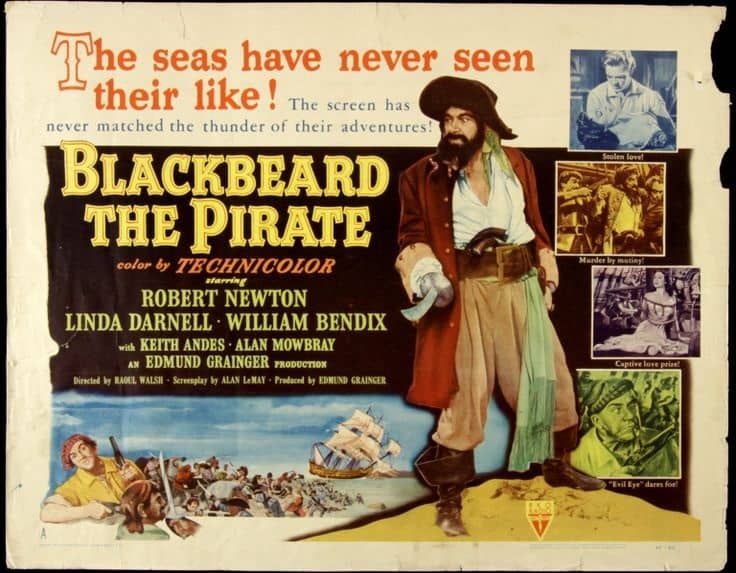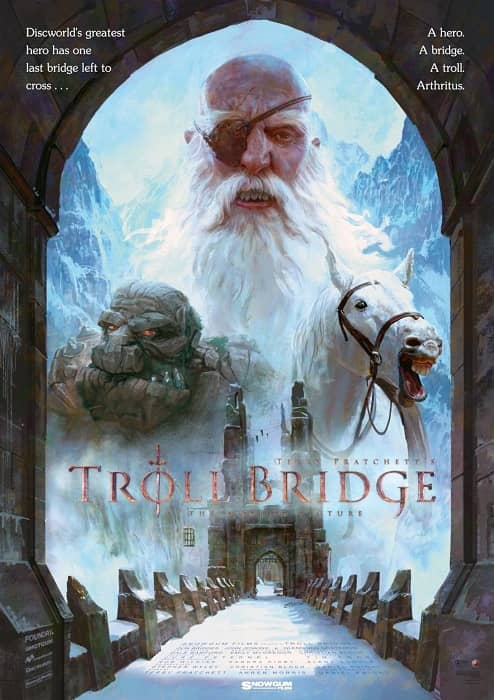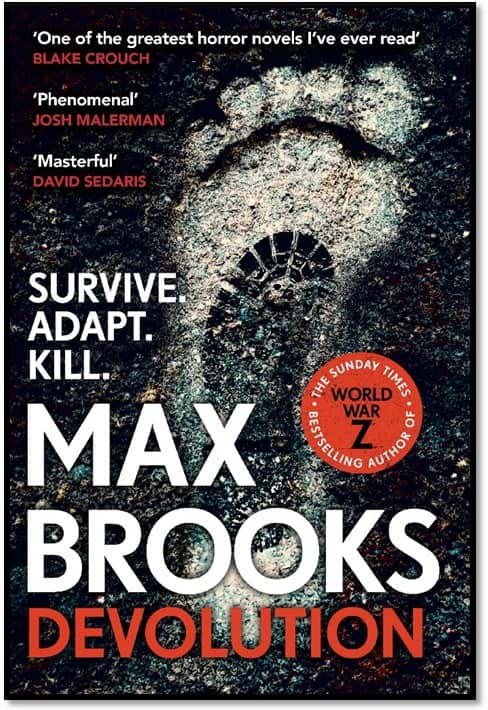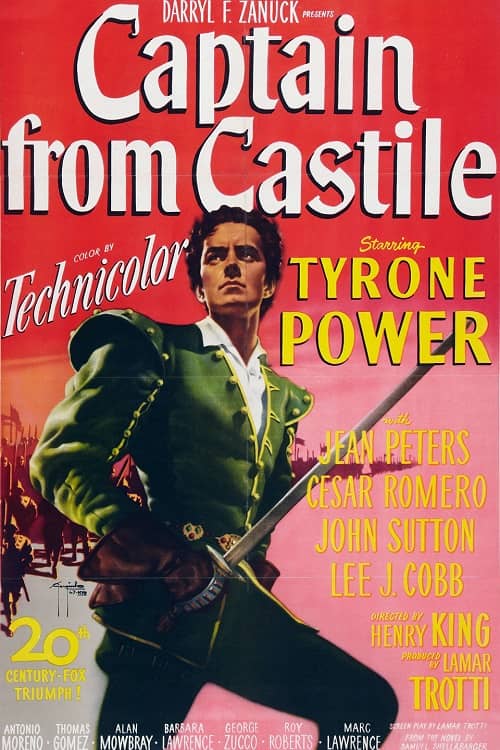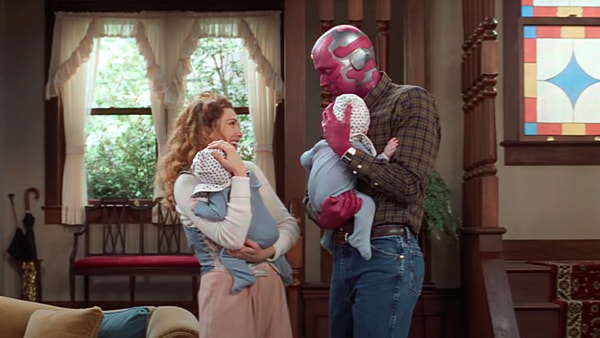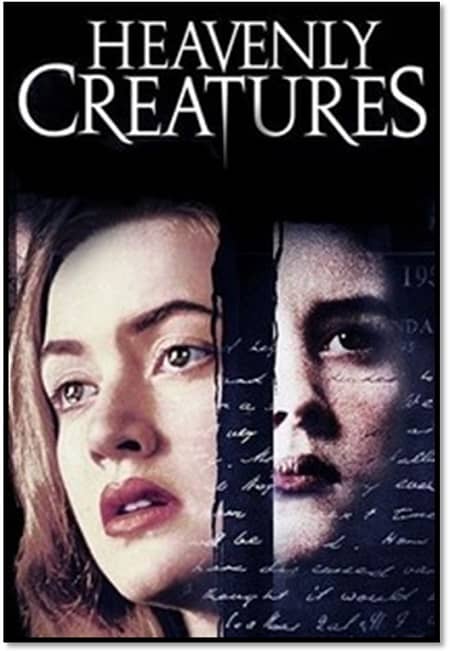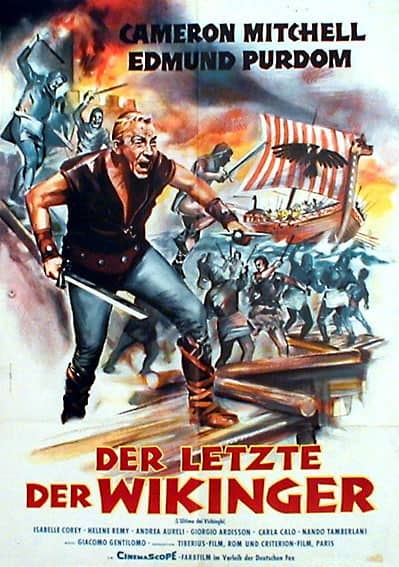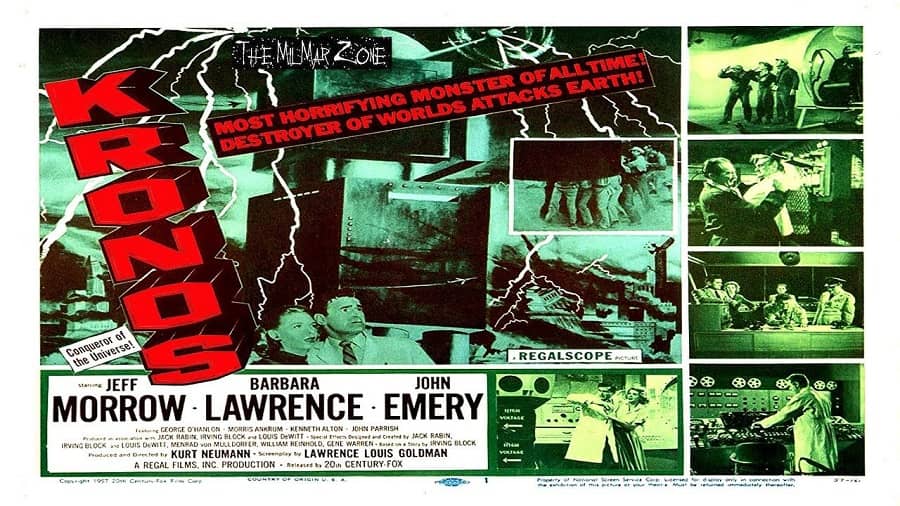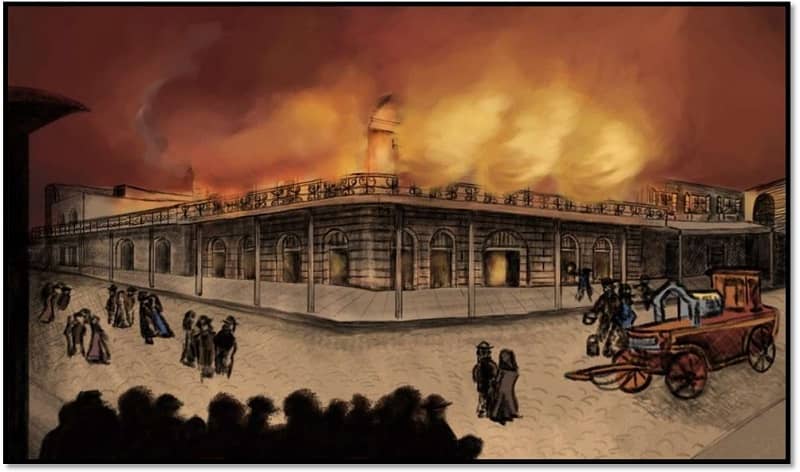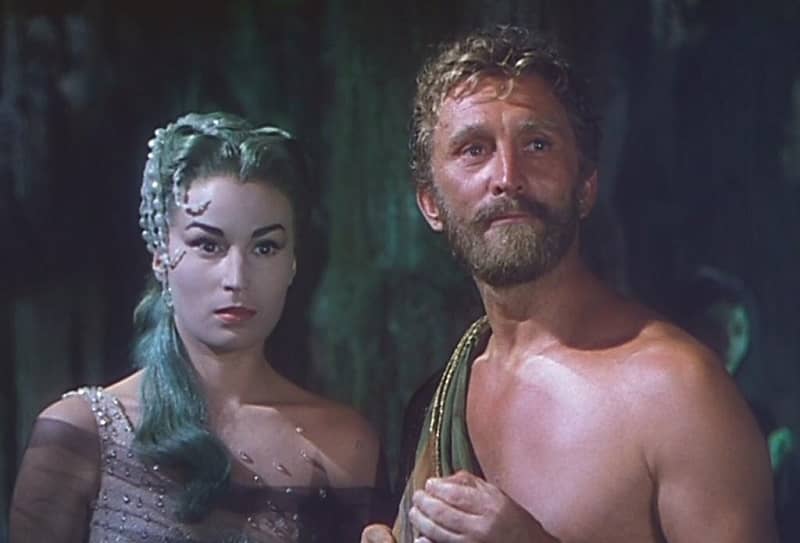Ellsworth’s Cinema of Swords: Not-So-Wholesome Buccaneers
Blackbeard the Pirate (1952)
The role of Long John Silver in Disney’s 1950 Treasure Island finally launched the talented English actor Robert Newton into international stardom. As Silver, Newton popularized the broad West-Country accent that’s become the default talk-like-a-pirate voice of buccaneering rogues ever since. (You can blame—or acclaim— Newton for the ubiquitous piratical “Ahr!”) But fame ruined the actor, enabling endless rounds of drink, gambling, and the kind of wild behavior that made him a role model for Oliver Reed and Keith Moon. And Newton was never able to escape the shadow of the one-legged pirate with the parrot on his shoulder—but typecast though he was, you can still see that he enjoyed the role even while repeating it. Newton died from alcohol-related heart failure in 1956, and his ashes were buried at sea in the English Channel off Cornwall: “Ahr-men.”
Blackbeard, the Pirate
Rating: **
Origin: USA, 1952
Director: Raoul Walsh
Source: Amazon streaming video
On November 22, 1718, Edward Teach, the notorious pirate known as Blackbeard, was killed on his ship the Adventure during a fierce boarding action led by Royal Navy Lieutenant Robert Maynard. By the time he was brought down, Blackbeard had been shot five times and suffered twenty wounds from edged weapons. For the most famous image depicting this event, look no further than the painting by Jean Leon Gerome Ferris on the cover of your editor’s Big Book of Swashbuckling Adventure anthology.
